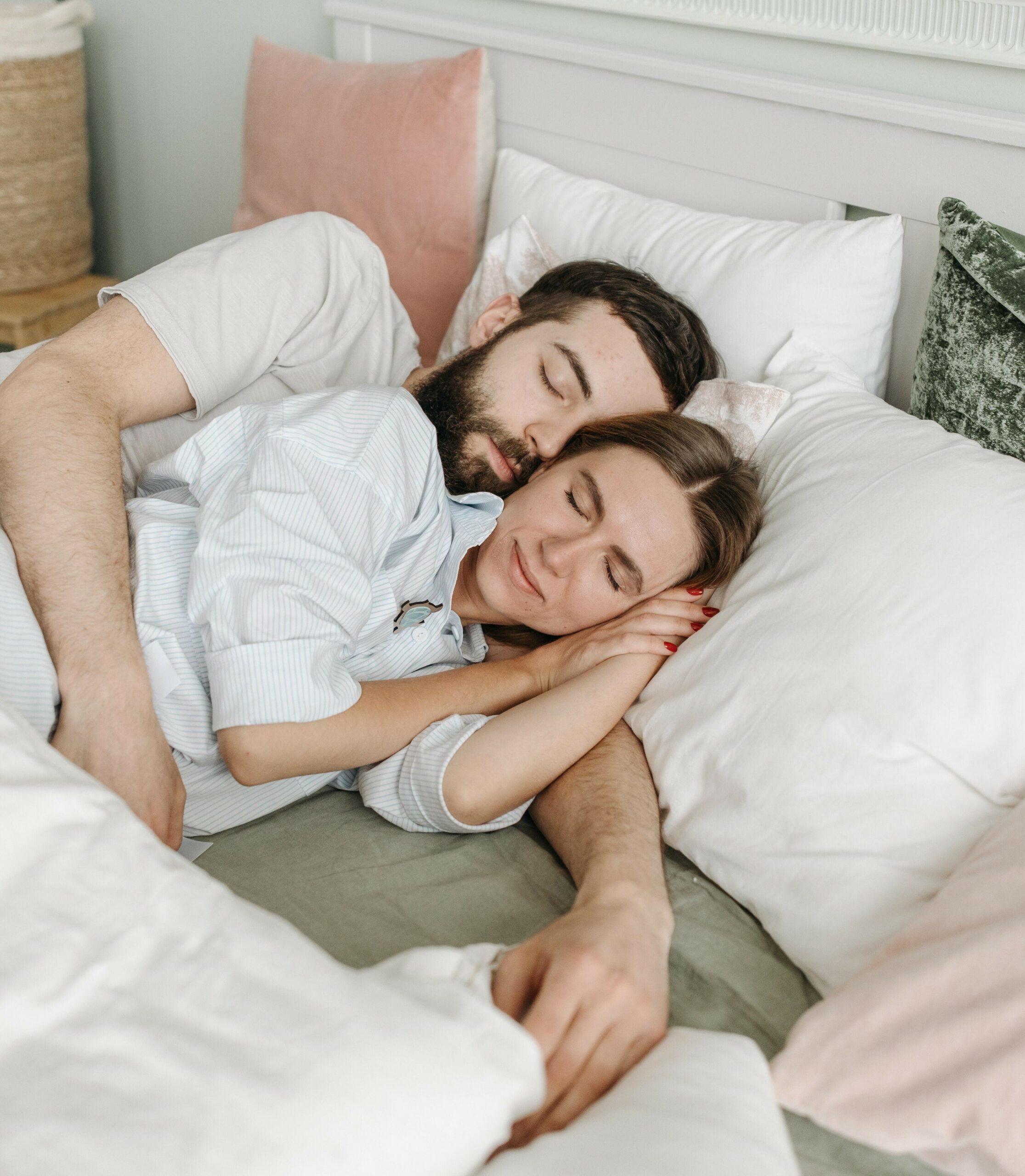What Is Oral Appliance Therapy And How Does It Differ From Other Sleep Apnea Treatments?
In the realm of sleep disorders, particularly sleep apnea and snoring, the landscape of treatment options has expanded significantly in recent years. Among the array of available interventions, one that stands out for its unique approach is Oral Appliance Therapy (OAT). In this article, we will delve into the intricacies of OAT, exploring how it differs from other conventional sleep apnea treatments and its effectiveness in addressing both sleep apnea and snoring.
Understanding Oral Appliance Therapy:
Oral Appliance Therapy involves the use of custom-made devices, typically resembling a mouthguard or a retainer, that are worn during sleep. These devices are designed to reposition the jaw and tongue, preventing the collapse of the airway that leads to obstructive sleep apnea (OSA) and disruptive snoring. Unlike Continuous Positive Airway Pressure (CPAP) machines, which are commonly prescribed for sleep apnea, oral appliances are non-intrusive and more user-friendly.
Distinguishing Features of Oral Appliance Therapy:
Comfort and Compliance:
One of the significant advantages of OAT is its comfort and ease of use. Unlike the CPAP machine, which involves wearing a mask over the nose and sometimes the mouth, oral appliances are discreet and less cumbersome. This often leads to higher compliance rates, as patients are more likely to consistently use the device throughout the night.

Non-Invasive Nature:
Unlike surgical interventions such as uvulopalatopharyngoplasty (UPPP) or genioglossus advancement (GA), which involve altering the anatomy of the airway, OAT is non-invasive. This makes it an attractive option for individuals who prefer less invasive procedures or who may not be suitable candidates for surgery.
Customization for Individual Needs:
Each oral appliance is custom-made to fit the unique anatomy of the patient's mouth. This customization enhances the effectiveness of the therapy, ensuring optimal repositioning of the jaw and tongue to maintain an open airway. This individualized approach sets OAT apart from more standardized treatments.
Comparative Analysis with Other Sleep Apnea Treatments:
CPAP vs. OAT:
While CPAP remains a gold standard for severe sleep apnea cases, OAT offers a viable alternative for mild to moderate cases. The choice between the two often boils down to patient preference and tolerance. OAT's user-friendly design and higher compliance rates make it an appealing option for many.

Surgery vs. OAT:
Surgical interventions are typically reserved for extreme cases or when other treatments have failed. OAT, being non-invasive, is often considered as an initial option, especially for those seeking alternatives before exploring surgical solutions.
Effectiveness in Addressing Snoring:
Beyond sleep apnea, oral appliances have proven to be effective in mitigating snoring. Snoring is often a result of airway obstruction and turbulence caused by relaxed tissues in the throat. By repositioning the jaw and tongue, OAT reduces the likelihood of these tissues collapsing, providing relief from disruptive snoring.
Conclusion:
Oral Appliance Therapy emerges as a distinctive and patient-friendly approach to tackling sleep apnea and snoring. Its non-invasive nature, high compliance rates, and effectiveness in treating a spectrum of sleep disorders make it a valuable option in the ever-evolving landscape of sleep medicine. As research continues to shed light on its long-term efficacy, OAT stands poised as a beacon of hope for those seeking personalized, comfortable, and efficient solutions to their sleep-related challenges.
Comments
Post a Comment